Breeding
- “Fail to Prepare – Prepare to Fail” All set for calving and the first one arrives before the due date
- Cows are in a fit condition for calving
- Due to A TB outbreak – less cows to calve in 2024!
As a part-time farmer, Aonghusa prepares well for the calving period. A few years ago, Aonghusa had a number of hard calving due to the cows been over-fat. As a result he has changed his approach. At housing, they were housed according to body condition score; the thin cows, first calvers and in calf heifers are housed in one shed are fed better quality silage than the fatter cows that are being fed second cut , average quality silage. Pre-calving, Aonghusa will tick the following checklist;
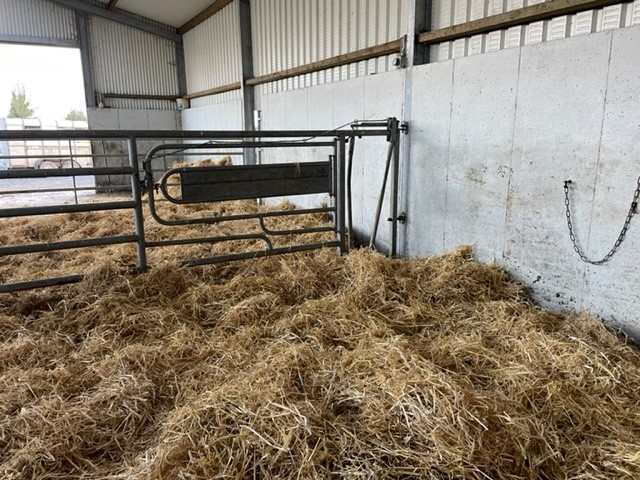
Picture 1: Aonghusa’s calving pen
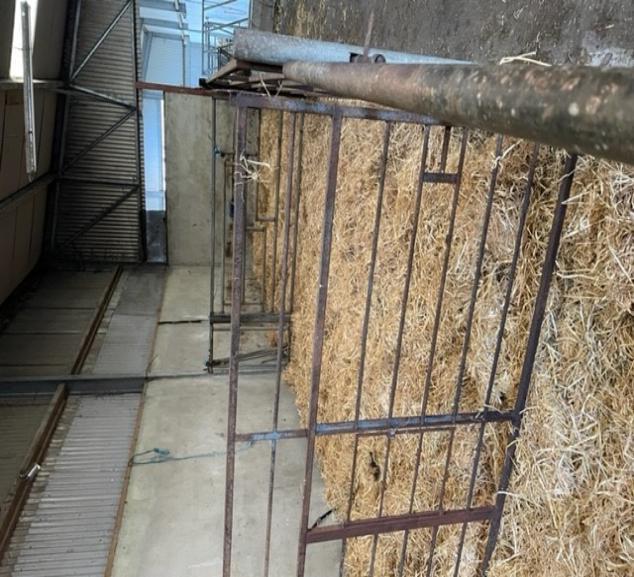
Picture 2: Well bedded calving pens
There were 31 cows due to calve this year but 6 went down in a TB test in December and these had to be removed from the herd . It is a big disappointment for Aonghusa but he hopes to replace these cows with his homebred heifers . He has 10 heifers kept from 2023 and they currently average 360kgs. He will pick the best 8 and put in calf this year. This group are getting preferential treatment and he let them out to grass in January!
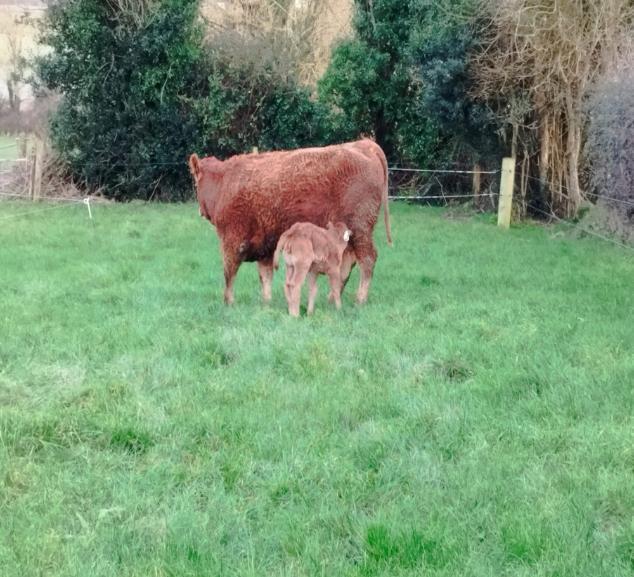
Picture 3: First cow calved 10 days early but all is good!
The ground condition dried up sufficiently in January and Aonghusa let out some of the lighter heifers onto average covers of grass. These are a priority group of stock and need to be between 380-420kgs come May 1st for breeding.
Another advantage is the grass is been cleaned off before the application of slurry. He will apply slurry in mid to late February when soil temperatures rise and grows starts to kick off. In the event of wet weather and poor ground conditions , Aonghusa is prepared to re-house. Every day at grass is worth over €2 per livestock unit so that is a saving of over €20/day !
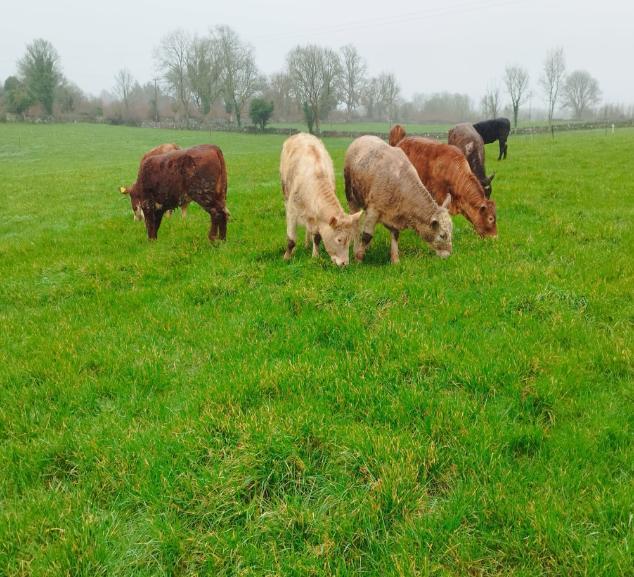
Picture: Heifers out to grass January 27th
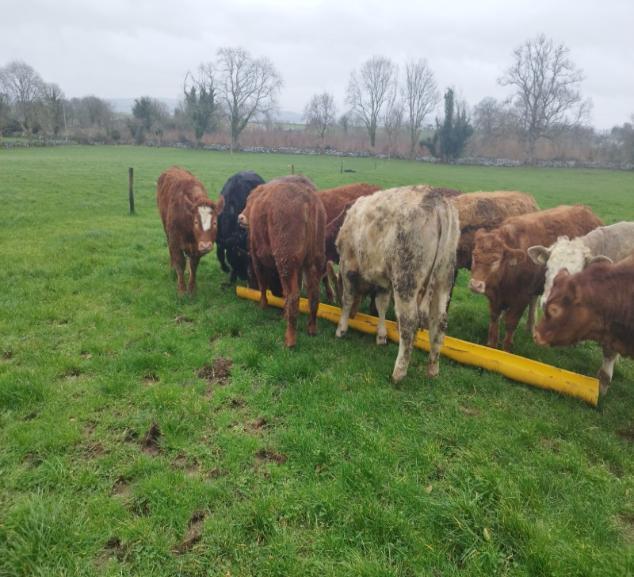
Picture: Aonghusa is giving 0.5kgs/head for 2 weeks to help them adjust